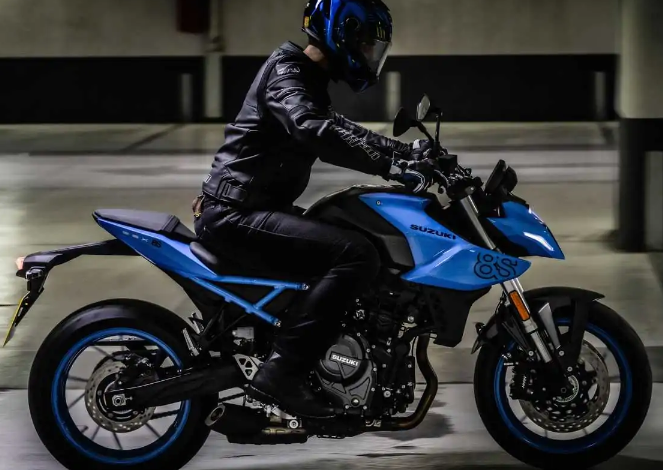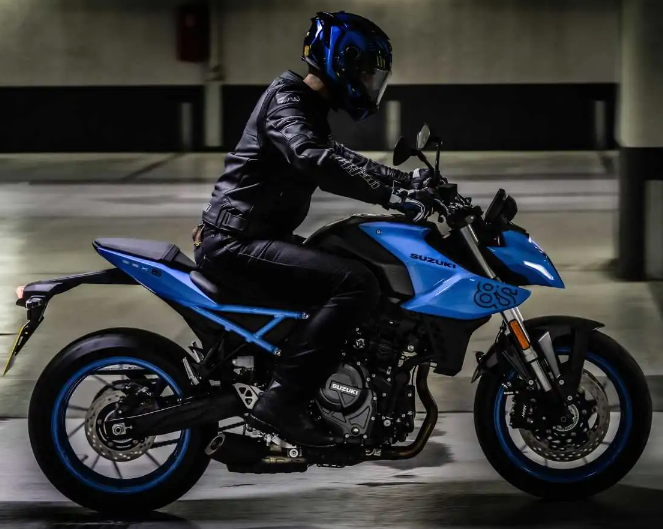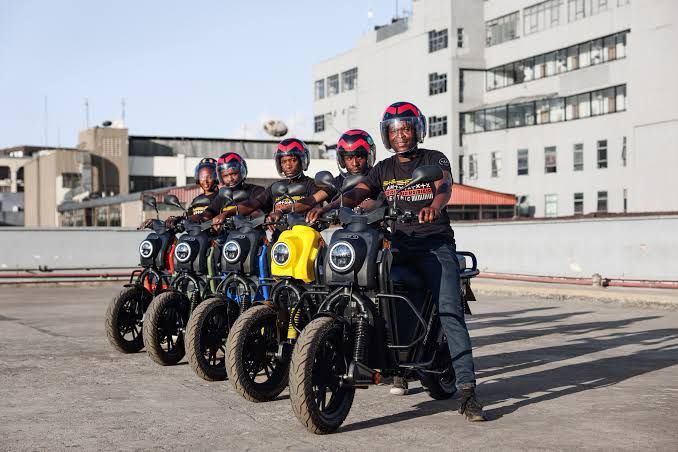
Here’s A Great Video To Help You Learn How To Diagnose Electrical Problems
A manual, a multimeter, and a curious mind will take you all kinds of satisfying places.
What kind of bike do you have? No matter what your answer is, if it’s one that you intend to live with or work on for any amount of time, one of the single best things you can do for both it and yourself is get your hands on a shop manual. If you’re the type of person who’s both curious and also willing to indulge your curiosity, you could end up learning a whole lot more about your particular machine than you know right now.
That’s just one of the points that he makes in this helpful video about diagnosing electrical issues. While he uses his bike to demonstrate, the point isn’t learning the intricacies of wiring on the bike. Instead, it’s learning how to trace out potential issues on a wiring diagram, then chase them down and do a little investigation on your specific bike, so hopefully you can both diagnose and solve your specific problem.
Most bike people are awesome and helpful, and it seems that this shared interest of ours attracts a lot of people who are born problem-solvers. Everyone’s at a different point in their knowledge journey, and it’s definitely not bad to ask questions. However, an important thing to realize is that there are some questions that can’t be answered without some hands-on investigation on the specific machine that’s having the problem.
for example. The problem here is that the headlight and taillight won’t come on. Now, simply knowing that, there are a number of reasons why that might be the case—but there’s no way to know for sure what the problem is unless someone does a bit of hands-on investigation. In this case, He takes the thing apart, walks us through the wiring diagram in the Clymer manual he has for this bike, and traces out the most likely location of the problem.
As he’s wiggling wires around inside the headlight bucket, the headlight begins intermittently working. That seems like it could be indicative of a bad connection, so he traces out the wires, then finds a connector and a solder ball that he suspects may not be enabling a good connection. After cleaning it up, he gets out the soldering iron and reflows some new solder to hopefully ensure a more solid connection. How did it work? As it turns out, that’s exactly what the problem was—and now both the headlight and taillight are working as they should.
Now, he could have asked for advice on the Internet—but how is anyone else going to know what’s going on with his specific bike if they’re not able to examine it for themselves? This video is about learning how to help yourself—which can hopefully enrich your own bike life, and also help you help others in the future.
No one knows everything, and we’re all learning as we go—but figuring out how to diagnose problems is a major step forward in your problem-solving journey. The important thing to recognize is that it does take time, and you have to be patient and stay willing to spend whatever time it takes. If you like learning stuff, hopefully that helps take the sting out of the delayed gratification—that and the fact that it’s extremely satisfying once you do accomplish something cool for yourself. Happy wrenching.




